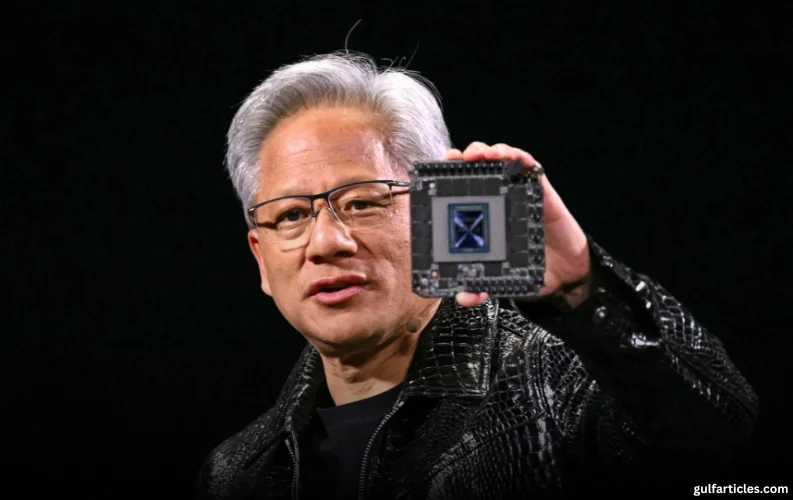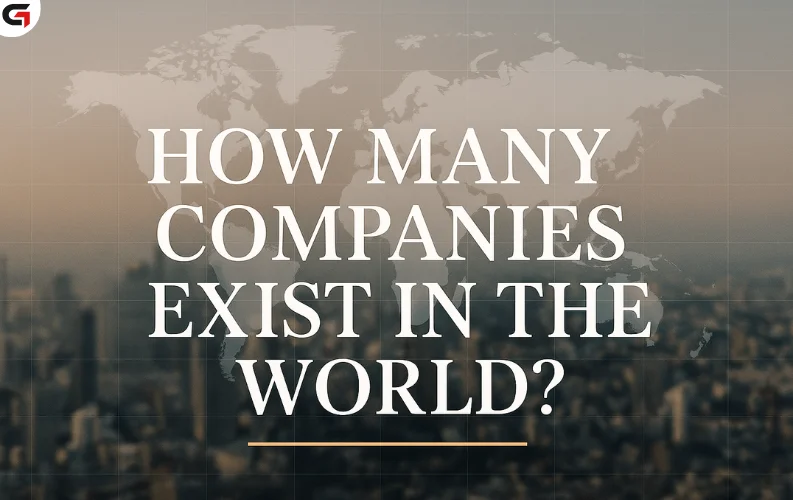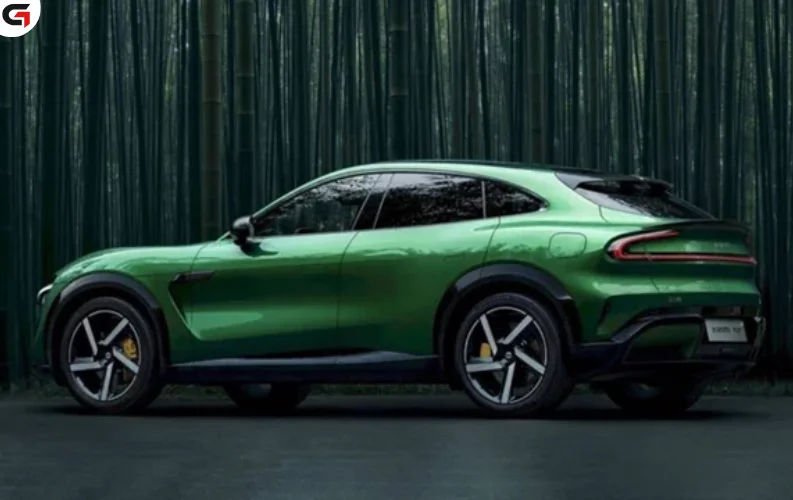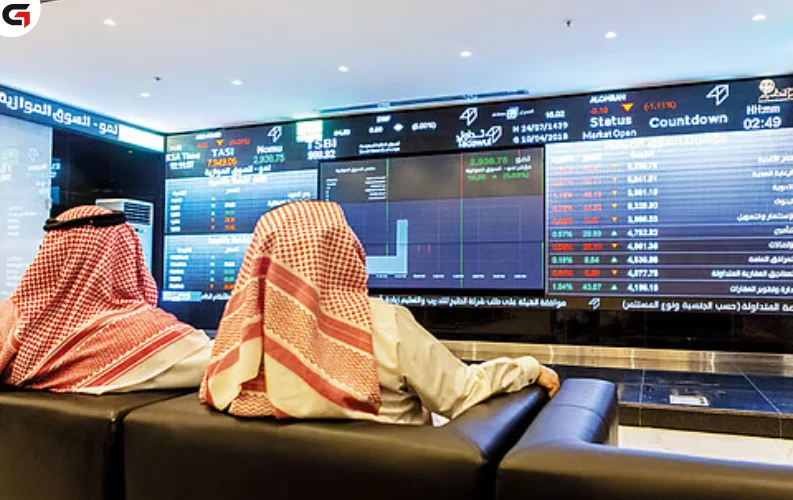San Jose, California – The age of humanoid robots in industrial settings is closer than many might think, according to Nvidia CEO Jensen Huang. Speaking at Nvidia’s annual developer conference in San Jose, California, Huang predicted that humanoid robots could see mainstream adoption in manufacturing facilities in less than five years.
During his keynote address in a packed stadium, Huang unveiled new software tools designed to help humanoid robots navigate real-world environments with greater ease. These advancements are expected to accelerate the deployment of AI-driven robotics across multiple industries.
Humanoid Robots: From Concept to Reality
Following his keynote, Huang engaged with journalists, addressing key questions about the ubiquity of AI. When asked about the moment AI would become truly integrated into everyday life, he responded:
"When, literally, humanoid robots are wandering around. And this is not a five-years-away problem; this is a few-years-away problem."
His remarks signal Nvidia’s confidence in the rapid progress of AI and robotics, with major implications for industries worldwide.
Manufacturing to Lead the Adoption
According to Huang, the manufacturing sector will likely be the first to widely integrate humanoid robots. He cited structured work environments and repetitive, well-defined tasks as key factors making factories an ideal testing ground for AI-powered robotics.
"I think it ought to go to factories first. The reason for that is because the domain is much more guard-railed, and the use case is much more specific," Huang explained.
Nvidia’s Role in the AI-Powered Robotics Revolution
Nvidia, valued at nearly $3 trillion, is at the forefront of AI and robotics innovation. The company has been actively developing AI models, computing platforms, and simulation tools to accelerate the creation of autonomous machines.
With major breakthroughs in deep learning, computer vision, and edge AI computing, Nvidia is positioning itself as a key player in the future of humanoid robotics.
As AI-powered humanoid robots transition from experimental prototypes to real-world industrial deployment, Huang’s predictions may soon become reality—ushering in a new era of automation across global industries.
Conclusion
With Nvidia leading AI advancements, the widespread use of humanoid robots in manufacturing may be imminent. As technology continues to evolve, the world could soon witness a transformative shift where intelligent robots work alongside humans—redefining the future of industrial automation.



















